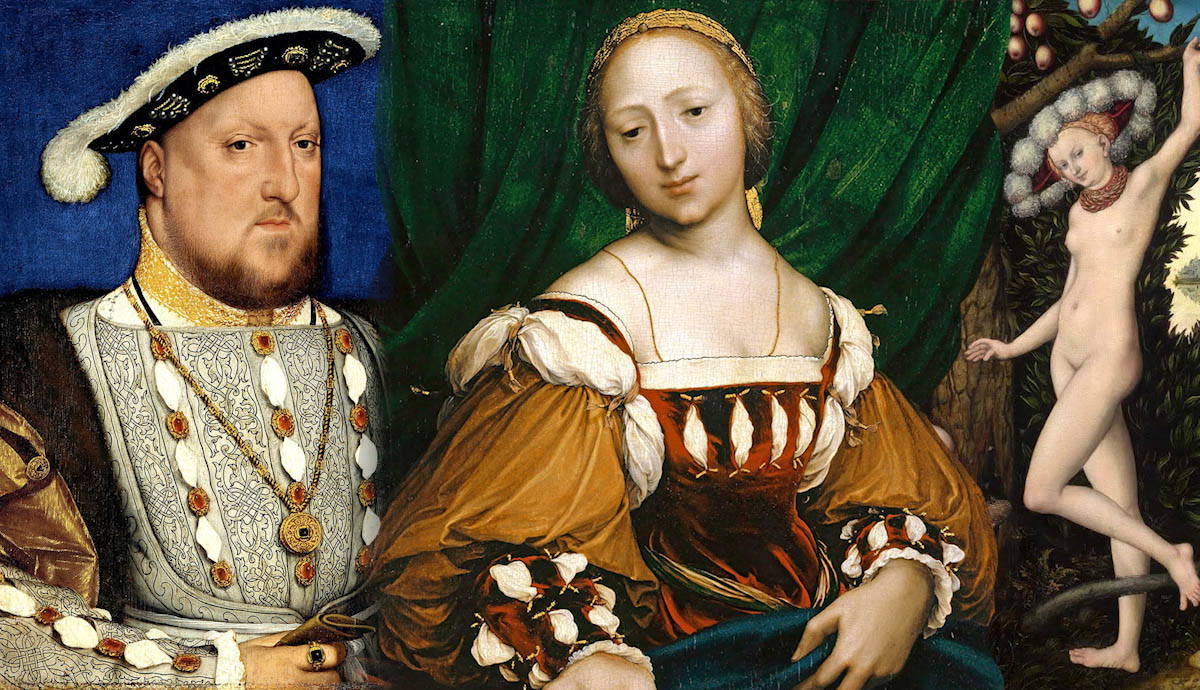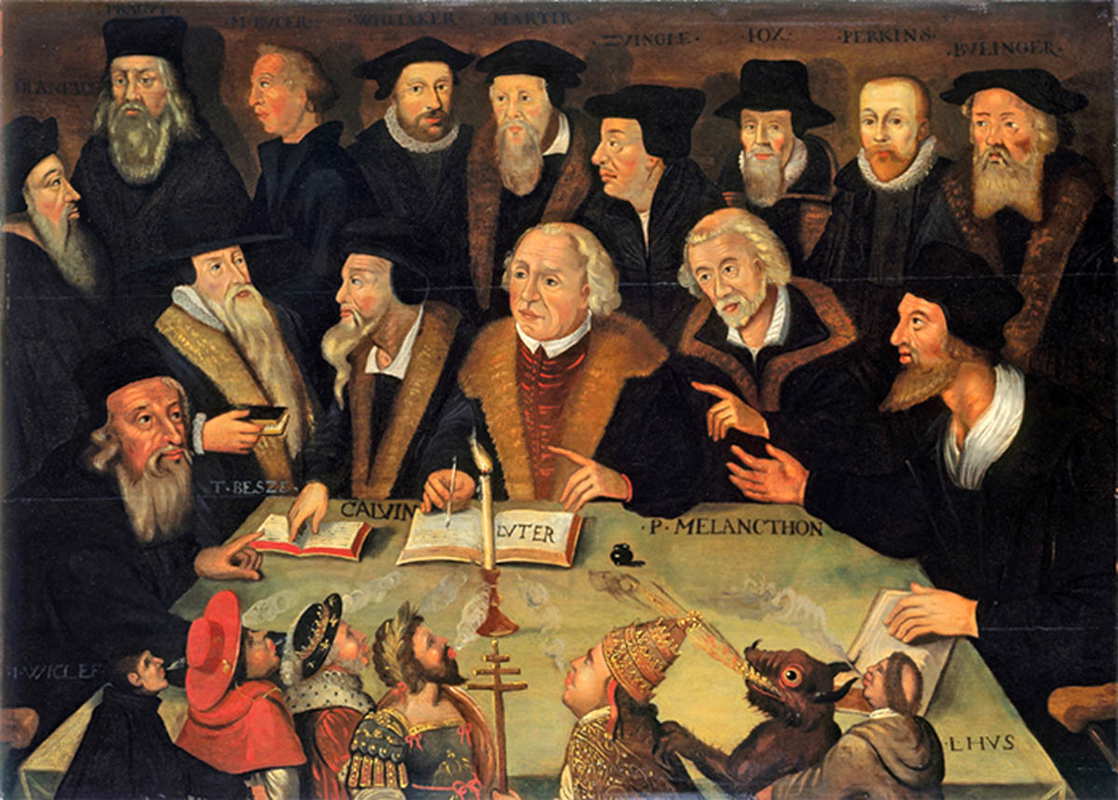So I've been staring at these old church paintings lately, you know, the ones full of serious people holding weird stuff and looking dramatic. Felt like decoding a secret message nobody gave me the key for. Figured I'd tackle Protestant Reformation art head-on, since folks kept saying it's packed with hidden meanings. Gotta understand why they painted what they painted after that whole big church split, right?
Where I Started (Felt Pretty Clueless)
Honestly, I just jumped in. Googled "Protestant Reformation paintings" and stared at pictures. First thought? A lot of frowns, drab clothes, and open books. Like, seriously, everyone seemed obsessed with holding books or pointing at them. Compared it to some older Catholic paintings I remembered – those were flashy with angels, gold, saints floating around, big fancy robes. The Protestant stuff felt… plain. Almost dull on purpose. Made me wonder why the lack of sparkle.
Digging Deeper (That Book Thing Was Bugging Me)
Okay, so the book thing was everywhere. Had to figure that out first. Started reading bits about Martin Luther and his whole deal. Bam! The Bible. Suddenly it clicked. Protestants were all fired up about reading the Bible yourself, in your own language. No need for a priest to explain it every time. So painting people holding a Bible, reading it together, pointing fiercely at scripture? That’s their big neon sign saying: "THE BOOK IS EVERYTHING NOW!" It wasn’t just a prop; it was the whole point of their argument. The painting itself was preaching: scripture rules.

What's Missing Screams Loud Too
Next, I noticed what wasn't there. Kept flipping between Protestant and older Catholic art online. Things I wasn't seeing much of in the Protestant stuff:
- Saints everywhere: No statuesque figures floating on clouds with golden halos.
- Flashy Popes or fancy church leaders: No grand portraits of bishops in ornate robes.
- Extravagant miracles: Fewer dramatic, over-the-top heavenly visions or saints doing impossible magical things.
Why? Because the Protestants were rejecting that stuff. They thought praying to saints or valuing fancy church leaders like the Pope above the regular person was wrong. The paintings reflected that. It wasn't just boring – it was a deliberate snub. Keeping it simple visually was a way to say, "Our faith is simple. Focus on Christ and the word, not all this extra fluff and hierarchy."
Everyday People Take Center Stage
Then I looked at the people actually in the paintings. Before the Reformation, art was full of kings, queens, saints, popes – the VIPs of heaven and earth. But Protestant paintings? Regular folks started showing up. Families praying at home together, ordinary citizens gathered around a preacher, people singing hymns. This was huge! It showed their belief: faith wasn't just for the super-holy or the super-rich in their fancy churches. It was for the baker, the farmer, the parent, right there in their own house or local meeting place. The art shouted "You matter!" to the average Joe.
Symbols I Learned to Spot Like an Inside Joke
After grasping the big picture stuff, smaller details started popping out. Symbols felt like inside jokes once I knew the code:
- The Broken Chain: See a picture where someone snaps a chain? That’s Protestant freedom! Breaking away from the Catholic Church's rules they thought were wrong, especially all those extra traditions they called "chains."
- Plain vs. Fancy Cup: Notice someone holding a simple, maybe wooden cup during communion? Big deal! Catholics used elaborate, super fancy gold cups. Protestants often preferred plain ones, visually rejecting all the fussiness. The cup itself was an argument about how communion should be done.
- Preaching Gestures: Ministers or teachers in these pictures aren’t usually just sitting pretty. They’re reaching out, pointing down at books, gesturing while they speak. It screams they’re preaching passionately, explaining the Bible actively – not just performing a ritual.
Putting It All Together
So yeah, understanding this stuff wasn't just about memorizing symbols. It was about seeing the fight happening right there on the canvas. Every choice – the open Bible, the missing saints, the plain clothes, the everyday scenes, the broken chain – was a visual punch thrown in the massive religious debate. They weren't just making pretty pictures; they were making arguments, defining their new beliefs, and rejecting the old ways, brushstroke by brushstroke. Once you get that, you stop just seeing the paintings and start hearing the sermons buried inside them.













